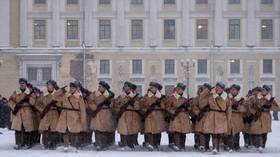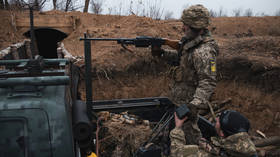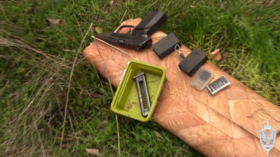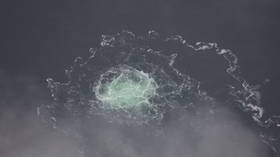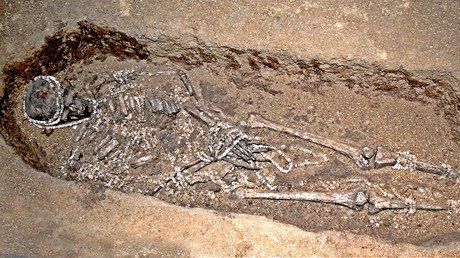No remorse? Spanish media still nostalgic over volunteers who fought for Hitler
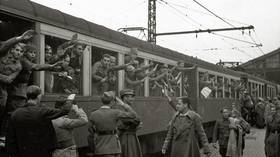
A Spanish newspaper has published an article lauding the “heroism” of volunteers who fought for Hitler against the Soviet Union. The piece highlights only the hardships they faced – and doesn’t bother to tell the whole story.
The article was published by one of the country’s major newspapers – the ABC – early in February. It came just ahead of the anniversary of Spain’s main WWII battle. No, Spain did not partake in it – but its volunteers did.
The Blue Division – named after blue shirts of Francisco Franco’s Falangist movement – was officially known as the 250th Infantry Division of Nazi Germany’s Wehrmacht. It was created in 1941 as a volunteer unit, to show Spain’s devotion to Hitler’s cause without openly drawing the country into the war.
The ‘division’ designation is quite misleading and downplays the scale of Spain’s participation. At least 47,000 Spaniards served in it over the years as the unit had numerous rotations and reinforcements.
ABC’s article focuses on the Battle for Krasny Bor, an episode from the largely unsuccessful Operation Polar Star, when the Soviet Army tried to push the occupying forces away from besieged Leningrad early in 1943.
While the attack failed in most directions, on one of them the Soviet soldiers faced the Blue Division. The article lauds the “heroism” of the Division, highlighting the harsh weather conditions and bad logistics the Spaniards had to endure while “defending” the settlement of Krasny Bor on the outskirts of the city of Leningrad and stopping “38 battalions of Stalin,” as the article puts it.
The Spaniards managed to resist the assault, despite being heavily outgunned and outnumbered. The Division, however, ultimately lost the settlement of Krasny Bor and sustained heavy casualties, yet this did not help the Soviet offensive which had stalled.
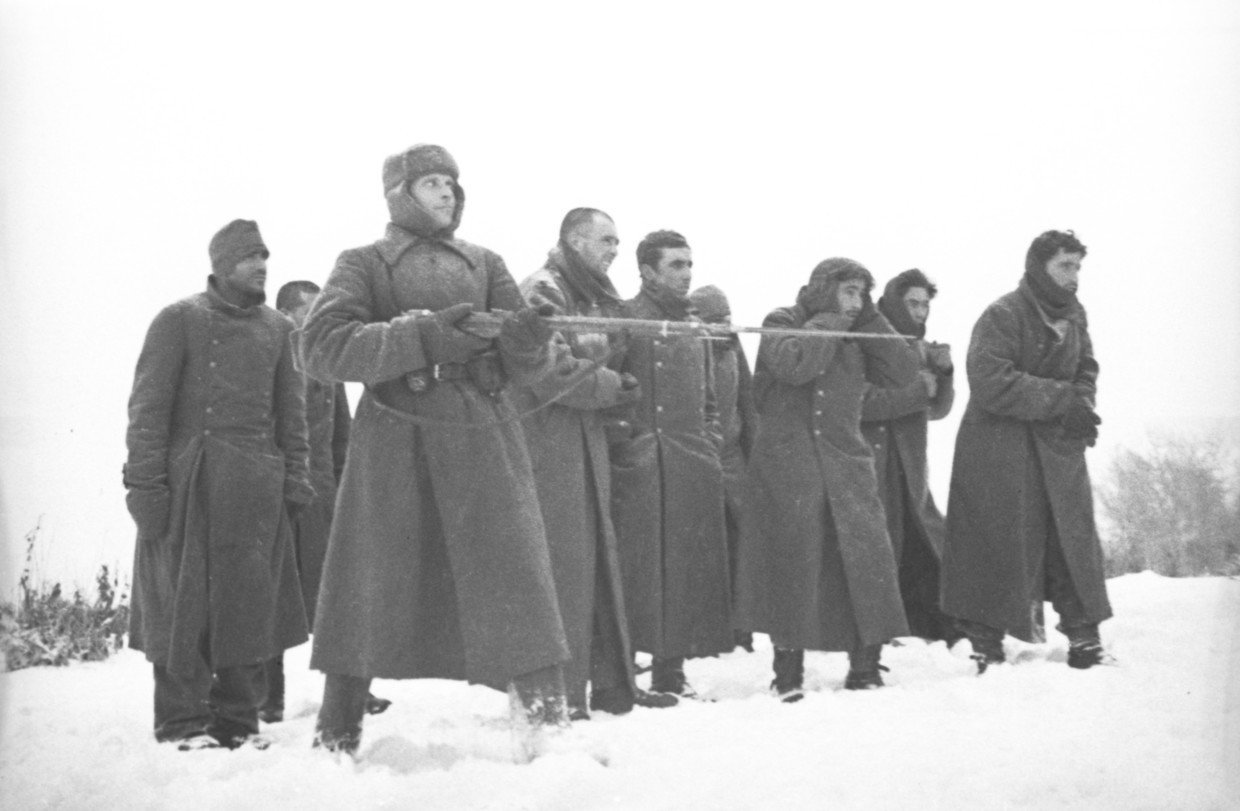
The Soviet Polar Star Operation was largely a failure and the Siege of Leningrad continued for another year. Overall, the siege claimed the lives of at least 650 thousand civilians, yet some historians believe the figure could be twice as large. None of these facts are even merely mentioned in the article.
The Spanish volunteer unit was eventually disbanded in 1943. The most hardcore Falangists, however, were eager to continue fighting and a smaller group of volunteers, Blue Legion, was formed instead of the Division. The last Spaniards among the German ranks fought until the end of the war and took part in the Battle for Berlin.
Such one-sided approach to the Blue Division is nothing new in Spain. The story of Spanish participation in Hitler’s war against the Soviet Union was not forgotten or condemned by any means – just merely swept under the rug just a bit after the defeat of the Nazism.
Many veterans of the Division have enjoyed successful careers with the Spanish Army and held top posts with the country’s military – and some even enjoyed pensions from non-Nazi Germany long after the war.
The monuments for the fallen of the Blue Division stand tall, streets in many cities bear its name, last surviving members proudly give interviews – and media goes all nostalgic about it, focusing on the hardships the brave Spaniards faced in snowy and distant Russia.
Like this story? Share it with a friend!

